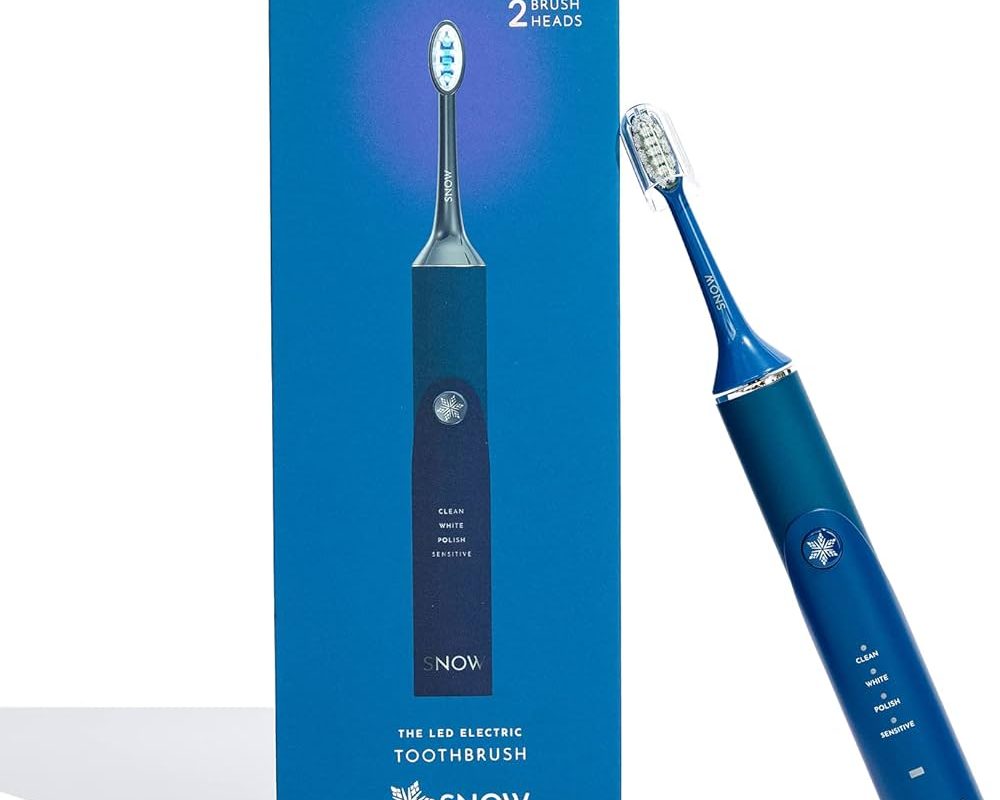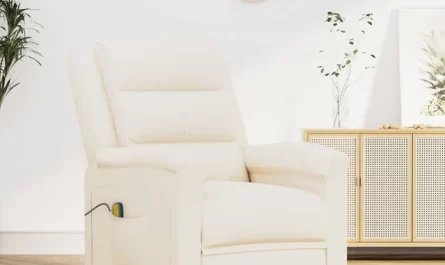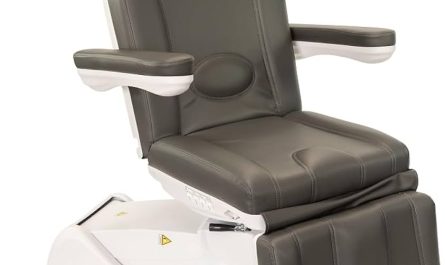Introduction:
Uncovering the limitations of electric toothbrushes
Electric toothbrushes have gained popularity due to their efficient cleaning capabilities and technological advancements. While they offer numerous benefits, it is important to consider the disadvantages or limitations associated with their use. In this comprehensive guide, we will explore several drawbacks of electric toothbrushes. By understanding these limitations, you can make an informed decision about whether an electric toothbrush is the right choice for your oral hygiene routine.
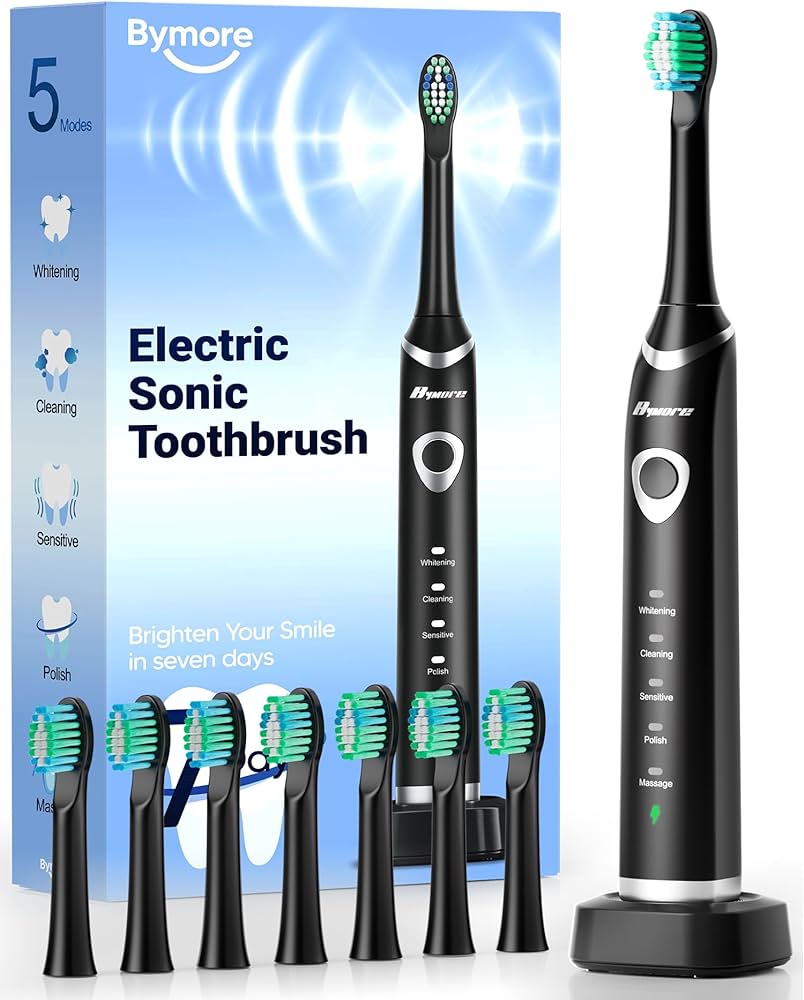
Disadvantages of Electric Toothbrushes: Exploring the Drawbacks
-
Initial Cost and Maintenance Expenses
a. Higher upfront cost: Electric toothbrushes typically have a higher initial price compared to manual toothbrushes. The cost can vary depending on the brand, model, and additional features.
b. Replacement brush heads: Electric toothbrushes require regular replacement of brush heads every three to four months, which can contribute to additional expenses over time.
c. Battery or charging requirements: Some electric toothbrushes are battery-operated, requiring frequent battery replacements. Rechargeable electric toothbrushes require a charging base or cable, and if they are lost or damaged, replacements can add to maintenance costs.
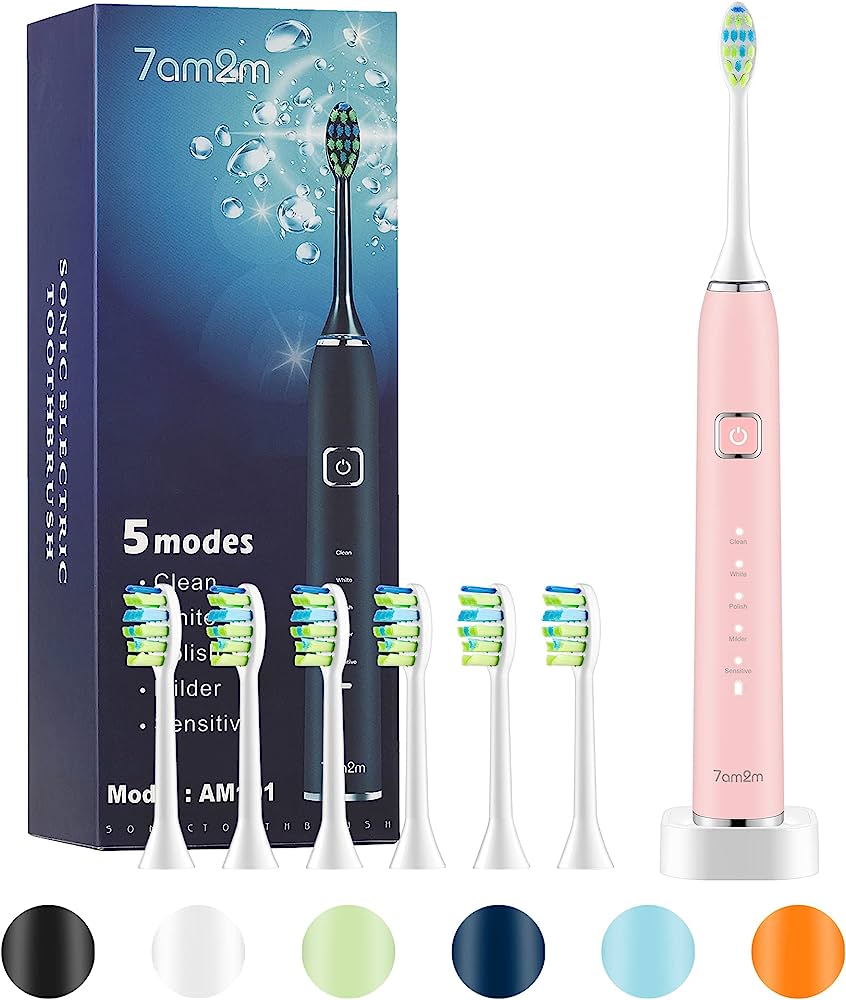
-
Power Dependency and Travel Inconvenience
a. Need for power source: Electric toothbrushes need a power source, whether it is rechargeable or battery-operated. This can limit their use, especially during travel or in situations where access to electricity is not available.
b. Travel considerations: Electric toothbrushes may be bulkier and less travel-friendly compared to manual toothbrushes. They require additional space in your luggage, and the charging base or cables may require a power adapter for international travel.
c. Dependence on charging intervals: Rechargeable electric toothbrushes can take several hours to charge fully. Forgetting to charge them in advance may result in an unused or less effective toothbrush.
-
Sensory Sensitivity and Noise
a. Vibrational sensations: Some individuals may find the vibrations of electric toothbrushes uncomfortable or overwhelming, particularly if they have sensory sensitivities or certain oral conditions.
b. Noise level: Electric toothbrushes can generate noise or vibrations that may be bothersome to individuals sensitive to sound or those who prefer a quieter oral care routine.
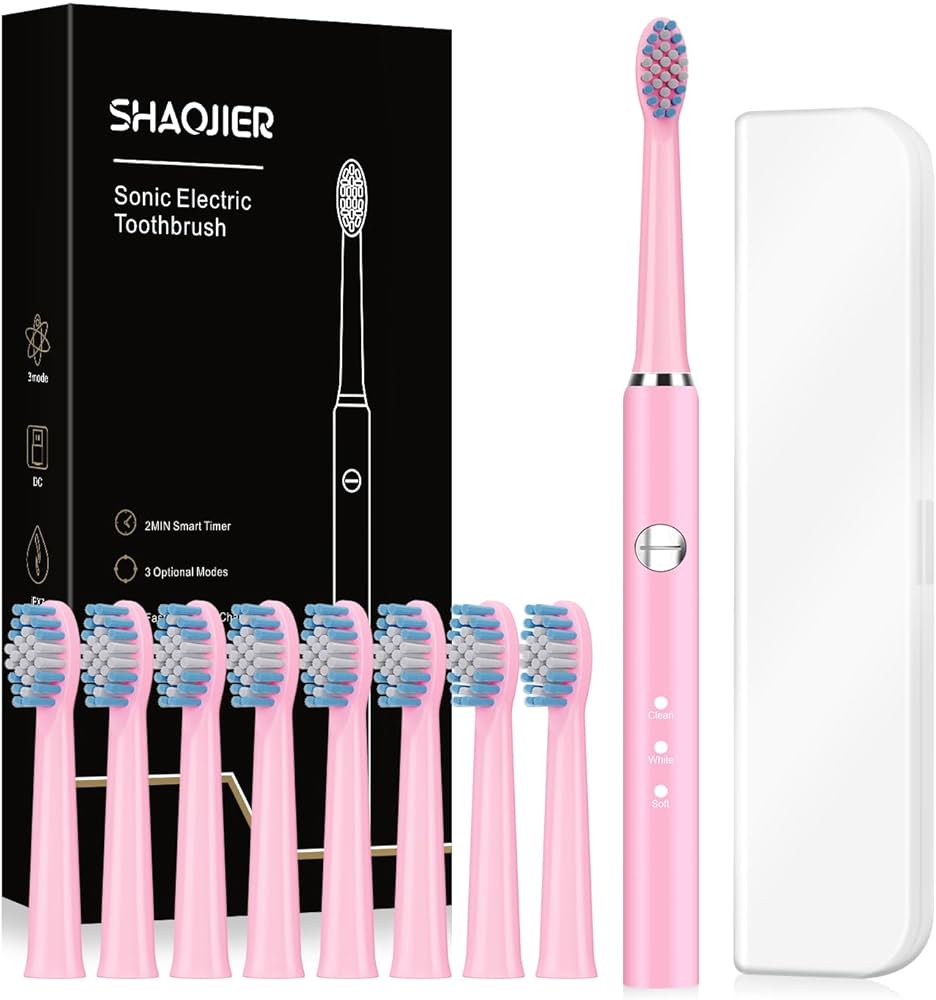
-
Adjusting to the Vibrational Motion
a. Learning curve: Switching from a manual toothbrush to an electric toothbrush requires an adjustment period. Some individuals may initially find it challenging to maneuver the vibrating head correctly, potentially leading to less effective cleaning results.
b. Precision and control: Electric toothbrushes offer various brushing modes and intensity settings. However, it may take time to find the right settings that suit individual preferences and provide optimal cleaning.
-
Availability and Accessibility
a. Limited accessibility: In some areas or situations, electric toothbrushes may be less accessible or not readily available compared to traditional manual toothbrushes.
b. Compatibility with dental accessories: Certain dental accessories, such as orthodontic attachments or specialized brush heads, may not be as readily available or compatible with electric toothbrushes as they are with manual toothbrushes.
-
Environmental Impact
a. Disposable components: Electric toothbrushes often come with disposable brush heads that contribute to waste accumulation. While some manufacturers offer recyclable options, improper disposal can contribute to environmental concerns.
b. Electronic waste: Over time, batteries, chargers, or other electronic components of electric toothbrushes may require replacement or become non-functional. Improper disposal of these electronic components can contribute to electronic waste, impacting the environment.
-
Overreliance on Technology
a. Lack of manual brushing skills: Regular use of an electric toothbrush may lead to a reduced focus on manual brushing techniques, as individuals may rely solely on the vibrating motion of the toothbrush. This can impact manual dexterity and the ability to effectively clean teeth using a manual toothbrush if an electric toothbrush is not available.
b. Dependency on features: Some individuals may become reliant on additional features and timers offered by electric toothbrushes, possibly overlooking the importance of proper technique and spending adequate time on oral care when using a manual toothbrush.
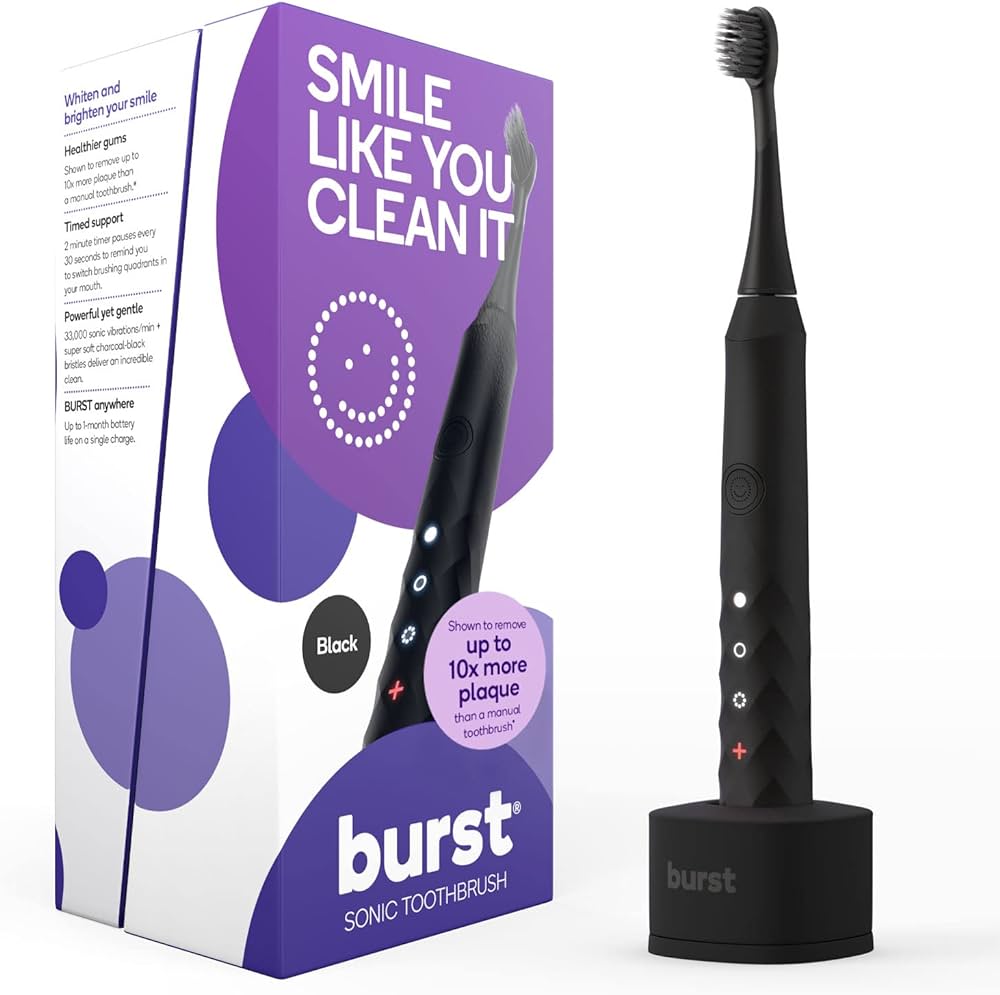
-
Maintenance and Cleaning
a. Cleaning the handle: Electric toothbrushes with removable brush heads often have small gaps or crevices where water, toothpaste, or bacteria can accumulate. It is important to clean the handle regularly using a damp cloth or cotton swab to remove any buildup.
b. Cleaning the charging base: If your electric toothbrush comes with a charging base, it is important to clean it periodically as well. Use a damp cloth or disinfecting wipes to remove any dust or residue that may have accumulated.
c. Water damage risk: Electric toothbrushes, particularly those with rechargeable batteries, can be susceptible to water damage if not handled properly. Avoid submerging the handle or charging base in water and be cautious when cleaning around the charging port.
-
Compatibility with Oral Health Conditions
a. Orthodontic appliances: If you have braces, aligners, or other orthodontic appliances, using an electric toothbrush requires consideration. Some electric toothbrush models offer specialty brush heads designed for individuals with braces, ensuring effective cleaning around the brackets and wires.
b. Gum sensitivity: Individuals with gum sensitivity or gum recession may find the vibrational motion of electric toothbrushes uncomfortable or even painful. It is important to consider and adjust the intensity settings or choose a toothbrush with softer bristles to minimize any discomfort.
-
Children and Electric Toothbrushes
a. Age-appropriate models: Electric toothbrushes designed for adults may not be suitable for young children. It is crucial to select age-appropriate electric toothbrushes that cater to the needs of children, offering smaller brush heads, softer bristles, and features that encourage proper brushing habits.
b. Supervision and guidance: Children using electric toothbrushes should be supervised to ensure proper technique, use of appropriate brush heads, and adherence to recommended brushing times. This ensures effective cleaning and minimizes any risk of injury.
-
Personal Preference and Individual Needs
a. Individual preferences: Preferences for a manual toothbrush versus an electric toothbrush can vary among individuals. Some may prefer the simplicity of a manual toothbrush, while others may find the advanced features and technology of an electric toothbrush more appealing.
b. Travel considerations: For frequent travelers or those on the go, the need to carry charging bases, adapters, or additional accessories may be inconvenient. In such cases, a manual toothbrush may be a more practical choice.
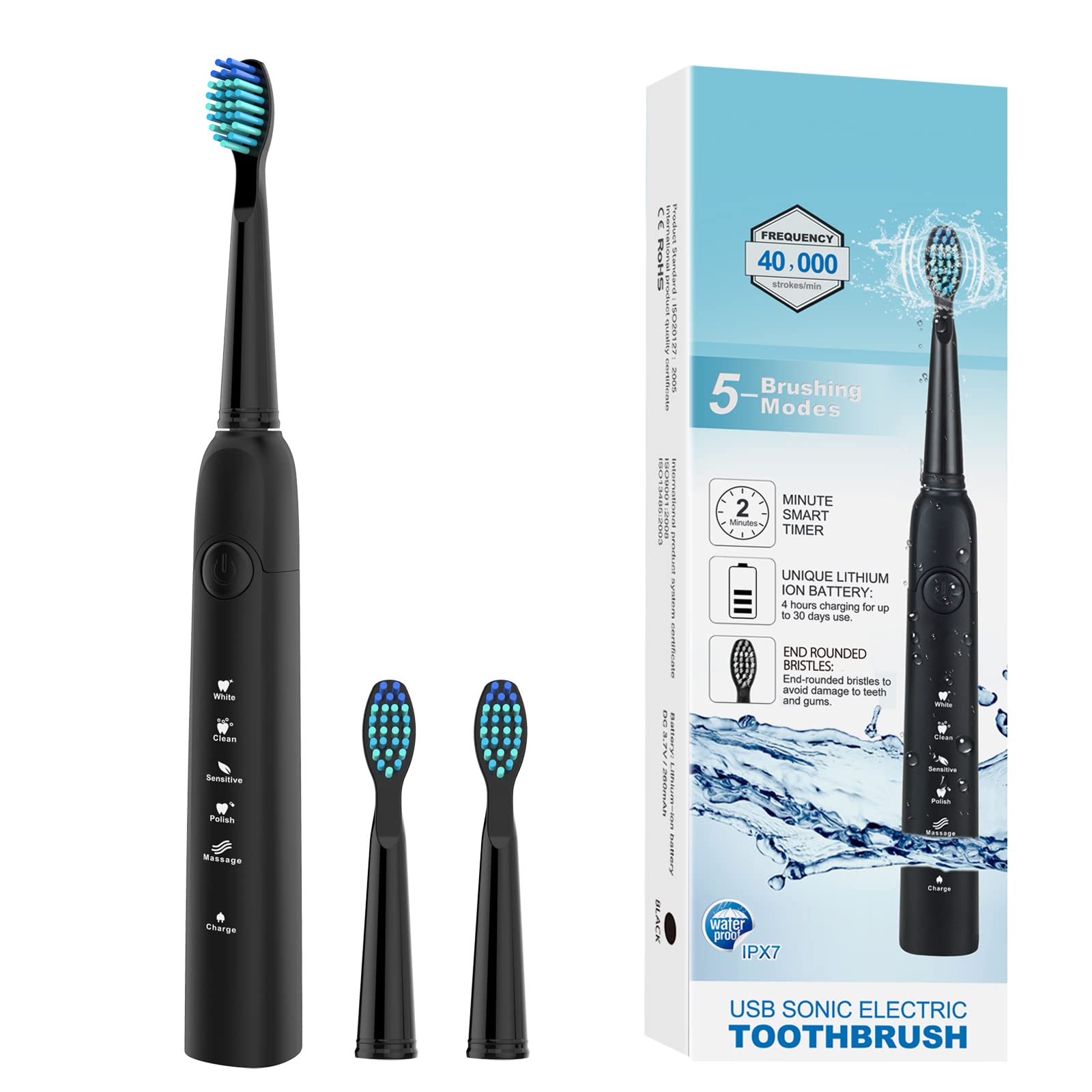
Conclusion: Weighing the Pros and Cons
Electric toothbrushes offer numerous benefits that can enhance your oral hygiene routine. However, it is important to consider the drawbacks associated with these toothbrushes to make an informed decision. From initial costs and maintenance expenses to power dependency and potential sensory sensitivity, weighing the advantages and disadvantages will help determine if an electric toothbrush aligns with your preferences and needs. By understanding the limitations outlined in this guide, you can make an educated choice regarding the best toothbrush for your oral health journey.

